About FIRST
FIRST Meeting - January 12, 2016
Welcome
Chief Operations Officer Paula Barbaroux welcomed team members to the meeting. She offered a brief summary of what’s been happening since the group last met in December. The spreadsheet has been updated with additional updates/changes based on requests from FIRST members.
Group 1 discovered that some facility deficiencies had been missed in their recommendations and are now added back into the spreadsheets. These items are related to ADA compliance, doors, finishes, exterior deficiencies, mechanical, electrical and plumbing.
The Multipurpose Activity Centers (MACs) have been updated to include a weight room and training room as discussed at the last meeting.
Renovations to the CHHS varsity locker room and the GHS Fieldhouse also have been included since the MACs would allow these areas to be repurposed.
Regarding the major needs for the stadium: The current allotment of $10M only takes care of the spalling concrete. To take care of the video scoreboard and controls, Group 1 has added $3M to their recommended projects.
Regarding the Swim Center, additional information about area pools have been made available to the group to help provide insight about area standards/needs.
The initial Priority 1 projects for the Swim Center totaled $5.285M. Additional projects just discussed total $1.848M. This would bring the total cost for the Swim Center projects to $7.133M. The group will have to decide whether to include these.
Consensus Voting Framework Continued
**TECHNICAL DIFFICULTIES FOR LIVE ACTION VOTING**
Ms. Barbaroux asked team members to discuss at their table the following items:
Based on projects already recommended by the groups, what will this bond will be known for?
Do the proposed projects fulfill or carry out the district’s strategic plan - LEAD 2021?
Team members began their continued project review and voting in their groups. Voting tallies will be compiled at a later time.
Superintendent of Schools Dr. Robin Ryan paused the group’s voting work to share details from the following financial news message:
In 1996, the district entered into a Tax Increment Financing (TIF) zone agreement with the City of Grapevine to bring the Grapevine Mills Mall to the area. The advantage of entering the TIF Zone was to bring economic development to the area and increase taxable values. Additionally, as a recapture district, GCISD would not pay recapture on the increases in values from this zone, but would benefit from increased taxes on the Debt Service tax rate.
A TIF works by identifying the taxable value within the TIF zone for the base year, in this case 1996. From that point forward, if the values increase from the base year, the additional taxes collected are paid into the TIF. In 1996, the City issued bonds to pay for infrastructure around Grapevine Mills and the funds contributed into the TIF pay the debt bond payments each year. The TIF agreement ends when the last debt payment is made, which will be on February 15, 2016.
Current estimates show there is approximately $22 million of the district’s contributions in the TIF fund that will not be needed to repay debt. In other words, the annual payments have exceeded what is needed to pay off the associated debt. This happened because the values increased more than projected.
Upon learning of the residual funds belonging to the district in the TIF, the board began to consider how best to make use of this money. Unfortunately, the amount of time for consideration is very limited due to the final payment being in February.
The board may elect to pursue new projects, paid by the TIF thereby extending the life of the TIF, as long as the projects benefit the TIF zone (as determined by the TIF Board) and is within the City of Grapevine. The board wants to use the unallocated TIF funds in a way that benefits as many district students and families as possible.
Initially, the district held discussions with the city to see if any joint projects were possible. At this time, a joint project is not possible. The GCISD board then began considering capital projects currently being reviewed by the FIRST. With limitations on the amount of debt a new bond should incur, and following the requirements of the TIF zone, the Board is considering using approximately $18 million of the unallocated TIF funds to add to the funds FIRST members have already recommended for repairs of the stadium. The purpose is to make significant improvements to Mustang-Panther Stadium for several reasons that include:
Mustang-Panther Stadium is an important community venue that is in poor condition.
Significant improvements could increase the likelihood of hosting playoff games and other events that would benefit the community.
Mustang-Panther Stadium benefits GCISD families, including those in Colleyville, and still meets the requirements of the TIF zone.
These improvements will benefit the district and community for many years into the future.
The GCISD board must act to recommend projects to the TIF Board by the end January.
After sharing details of this message, Dr. Ryan by explaining that district staff and Board wanted FIRST members to be aware of this financial benefit and the plans under consideration.
Following Dr. Ryan’s announcement, group discussion and work continued through the remainder of the meeting.
